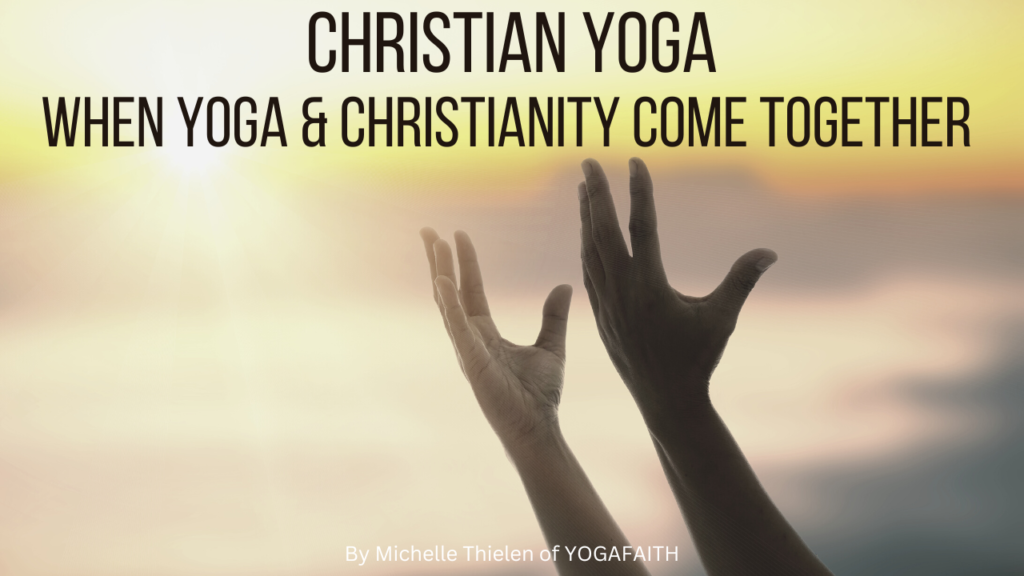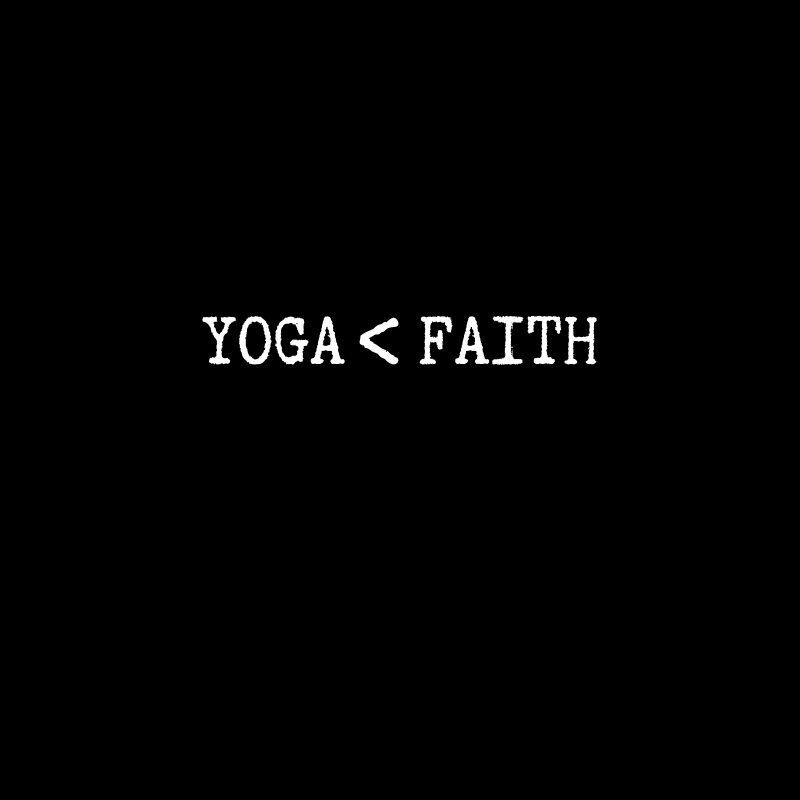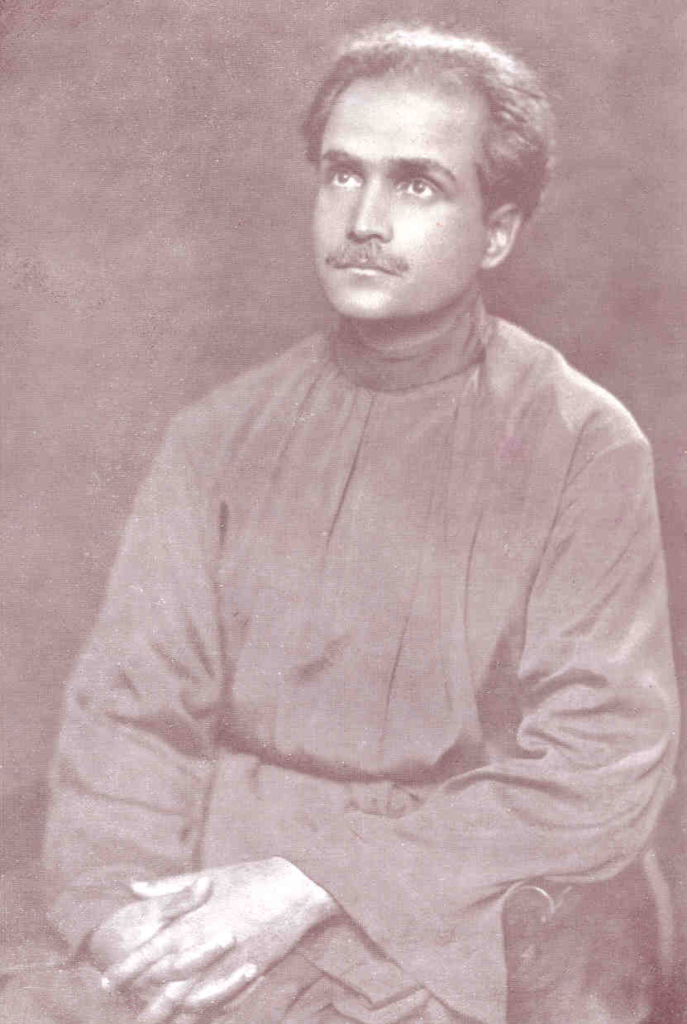CHRISTIAN YOGA WHEN YOGA & CHRISTIANITY COME TOGETHER by Michelle Thielen

If you are not one of the millions of people who practice yoga, you may be one of the very few that have not experienced its numerous benefits. One out of every three Americans practice yoga and at the end of 2022, statistics show that almost thirty-five million people in America practice yoga. This number has increased by approximately 64% in the last decade surpassing the popularity of golf and other American pass times. On a global scale, the yoga industry estimates the size of the market to be over $88 billion (The Good Body Statistics, 2022).
This isn’t a trend but an ever-growing industry and practice for a multitude of reasons. Yoga is set apart from any other physical activity because it encompasses the whole self: mind, body, and spirit. Because yoga creates a space for holistic wellness, the physical, mental, emotional, and spiritual benefits of yoga are innumerable.
The word yoga is derived from Sanskrit, which is a standardized dialect of Old Indo-Aryan, appearing in the Rigveda (ancient Indian Vedic hymns) anywhere between 1900 BC and 1000 BC. Sanskrit is one of the oldest Indo-European languages and believed to have been the general language of the greater Indian subcontinent in ancient times. Yoga is a universal, nonsectarian, and ancient practice that has various ideas on its origin. In its simplest definition, it is defined as union, unite, or to yoke. Union, as it pertains to yoga, is a fusion between the mind and body. It is a system of physical and mental disciplines that includes postures, breathing exercises, and meditation, and can also be a practice of spiritual disciplines.
Asanas, or postures, are a large part of yoga, however; they are only one of the eight branches that are in the 8 Limbs of yoga. The modern Western world tends to focus on postures more than philosophy, spirituality, or other aspects of yoga, but there are other important branches of yoga that work together as a system, such as breathwork, meditation, spirituality, lifestyle, nutrition, and harmony within self and the external world.

Yoga + Faith
Yoga is a personal journey of many pathways, where one can find connection, peace, and harmony with self and others. Not only do we unite our postures with our breath and our practice with our lives, but we also create a union with the community and those we practice with. Many practitioners incorporate their faith, spiritual disciplines, or prayers within their yoga practice.
A multitude of philosophical theories have been developed by looking into the deeper dimensions of the physical, mental, and spiritual aspects of our bodies. There are many layers and branches to the practice and philosophies of yoga that can be difficult to define. A common thread of yoga is the mind-body-spirit connection, bringing oneness to our conscious and subconscious states, detaching from mental distractions to obtain self-enlightenment, a harmonious life, or one with the Divine. Other common threads of yoga are as a spiritual discipline or as a purely physical practice. Though my research has revealed that yoga predates any religion, there are many religions that adapt yoga into their personal belief system and spiritual practices. Yoga itself is not a religion, however; it is connected to many religious backgrounds. For a multitude of reasons, yoga is unique when compared to other disciplines, physical activities, or exercise regimens.
In The Yoga Sutras of Patanjali, where we first see the system of yoga, the final eighth limb of the eight-limb path of yoga is Samadhi (Absorptive contemplation or ecstasy). Samadhi is the goal of practitioners to reach this union, or ecstasy with the divine. To the Hindu this could be Vishnu or Shiva, to the Buddhist this is the highest self of enlightenment and to the Christian it would be union with Christ. Withdrawing, breathwork, meditation and deep contemplation are also important branches along this pathway. Yoga can be an act of worship, enhancing and deepening anyone’s faith.
The migration of yoga into North America is known to be in 1893, when a Hindu monk named Swami Vivekananda addressed a large gathering at Chicago’s World’s Parliament of Religions, which was an interfaith conference held during the World’s Columbian Exposition. He taught yoga from a purely spiritual perspective that didn’t include any postures, only a simple spiritual journey. It wasn’t until much later in the 1950s that yoga increased in popularity because more Americans were visiting India, along with the revelation of its benefits as well as a few famous practitioners such as Marilyn Monroe. In the 1980s, the Western world fully embraced the practice of yoga, with a heavy postural focus, known widely as Hatha Yoga, more so than philosophy or any spiritual aspects.
In the Middle Ages (500–1500 AD), variations and practices stemmed off from the common Hatha Yoga practice. Bhakti Yoga is one of these stems. It focuses on surrender to God. Bhakti is a Sanskrit word meaning devotion. Britannica defines Bhakti as: attachment and love of a devotee toward a personal god and of the god for the devotee. Unlike other types of yoga, Bhakti is a spiritual journey and devotion to the divine.

Can a Christian Practice Yoga?
There are many misconceptions as to why a Christian can or cannot practice yoga. As with anything, it’s a matter of intentionality and the meditation of one’s heart.
As mentioned, there are numerous philosophies and conflicting ideas on the origins of yoga, but the dominant idea of yoga is the union of breath and postures working together while achieving a focused mind.
In 2013 I started a Christian Yoga School (YogaFaith) that interweaved the principles of my Christian faith with the ancient practice of yoga. YogaFaith was built on the rich foundation of Chrisitan scriptures and principles such as mediation and the postures of prayer found within the Bible’s ancient text, in addition to the ancient text, traditions, and foundations of yoga. The parallels of these two ancient texts are quite fascinating, including the Eight Limbs and the Ten Commandments.
A few scriptures that can be helpful for the Christian incorporating their faith within their yoga practice:
1 Corinthians 10:31; “In whatever you do, do all things for the glory of God.” John 1:3; “Through him all things were made; without him nothing was made that has been made.”
Mark 12:30; Love the Lord your God with all your heart and with all your soul and with all your mind and with all your strength.
YogaFaith is a union of our movements, a moving meditation as an act of worship and yoking to the Lord. It is responsive praise to our God. As we combine our faith with our movement or put our “prayers in motion” with YogaFaith, we can recall ancient times and miracles as we move, breathe, and have our being (Acts 17:28). If there is an urgent request or plea, we observe many of these prayers from people in a prone position, kneeling, standing, or flat on their face before the Lord. We see many prayers from a seated position representing the person waiting on God, surrendering, or in an act of wanting to commune with Him. Below is an overview of some of the postures and their meanings found in the Bible, explored in my book Stretching Your Faith, Practicing Postures as Prayer. Keep in mind there is no wrong way to pray.
Prayer Postures as Seen Throughout the Bible
-
- Standing
○ Postures of praise, honor, thanksgiving, worship, adoration, reverence, and awe; a deep respect. ○ A posture of strength, confidence, hope, courage and magnifying the Lord.
-
- Seated
○ To inquire, seek counsel or guidance. Sit alone with God and enjoy His presence. Converse and dialogue or simply meditate on your Heavenly Father. Submit, surrender, and let Him know you want to walk in obedience and serve Him.
-
- Kneeling
○ Postures of courage, bravery, humility, submission, honor, and complete surrender; supplications and petitions made known.
○ Acknowledge Christ’s Lordship over your life as well as a deep reverence.
-
- Prone
○ Grief, urgency, emergency, humility, releasing all ego, surrender, confession, repentance, desperate pleas or cries, intercessory prayer for others, or standing in the gap.
-
- Lying Down
○ Postures of rest and enjoying the presence and goodness of the Lord. Be still; to quiet a busy mind and an anxious heart. Used to meditate on Him and His precepts. Could be a posture of depression, relinquishing your will, grief, and exhaustion.
Not all Christians or yogis will agree with Christian, or faith-based yoga, but we are to walk in love and grace without judging how others pray or worship. Yoga is an individual practice, where we each stand in our authentic truth while honoring, respecting, and loving others in their journey.
Yoga is an individual practice, where we each stand in our authentic truth while honoring, respecting, and loving others in their journey.
Christian Yoga
Perhaps the first to coin the phrase ‘Christian yoga’ is a Hindu born in India who left his home to seek enlightenment and soon after converted to Christianity. Arriving in America in 1903, he was one of the first East Indian teachers to come to the United States, just outside of Seattle, WA. His name is A.K. Mozumdar (1881-1953). He was ostracized by his family and Hindu community for his conversion to Christianity and moved to North America.

A.K. Muzumdar, approx. 1924) Photo credit: The Universal Message, 2010
He published the first known Christian Yoga Magazine from Spokane, WA. His writings and teachings were published after his death in The Triumphant Spirit: Lesson book of the ages, the Christ message of today; convincing, dynamic, practical, and spiritual was published in January of 1978. Figures and events in the Christian yoga movement (Excerpts from YogaFaith’s Intersection of Christianity and Yoga Chronology):
- 1881: A.K. Muzumdar was born in Calcutta, India, departing his homeland at the age of 16 in search for enlightenment, later converting to Christianity and published the first Christian Yoga Magazine out of Spokane, WA.
- 1906: Jean-Marie Déchanet was born: A French monk of Sint-Andries Abdij (Abbaye de Saint André) near Bruges, Belgium (1906-1992). In 1956, he authored the book Christian Yoga, first published in French, 1956 and English in 1960.
- 1930: Déchanet holds a teacher training in Montreal Canada where almost 200 students attend.
- 1957: Sivaya Subramuniyaswami or Rev. Father Subramuniya (Born Robert Hansen; January 5, 1927 – November 12, 2001) opened Christian Yoga Church centers in San Francisco in 1957, with almost 1600 classes in one calendar year. Christian yoga study groups were created, and Sunday worship services included the singing of Christian hymns, readings from the Bible and the Bhagavad Gita or Upanishads and a sermon related to Christian or Hindu mysticism (The Christian Yoga Self Study Fellowship at the California Medical Facility, 1961).
- 1996: Justin O’Brien publishes A Meeting of Mystic Paths, Christianity, and Yoga.
- 2006: Susan Bordenkircher publishes Yoga for Christians: A Christ-Centered Approach to Physical and Spiritual Health through Yoga.
- 2013: Michelle A. Thielen founded YogaFaith, an international Christian Yoga School. In 2016 she published Stretching Your Faith, Practicing Postures of Prayer to Create Peace, Balance and Freedom, a book that combines postures as a way to pray, worship and connect to Christ.
- 2016: Susan Neal publishes Scripture Yoga: 21 Bible Lessons for Christian Yoga Classes
- 2016: Michelle A. Thielen 2017: Michelle A. Thielen founded Christian Yoga Association Thielen with 5 charter members.
- 2021: September of 2021 Tina Russo Lancey founded Christian Yoga Magazine, an online and in-print subscription-based resource for Christian yoga practitioners.
- 2022: July of 2022 YogaFaith passes the rigorous standards of International Association of Yoga Therapists (IAYT) becoming the first Christian Yoga School in the world accredited through the IAYT.
See more at: http://bp6.socialpower.me/yogafaiths-intersection-of-christianity-and-yoga-chronology/
References
- Doniger, W. (2013, March 3). Bhakti | Hinduism. Encyclopedia Britannica. https://www.britannica.com/topic/bhakti
- Michelle A. Thielen. (2020, August 7). YogaFaith’s Intersection of Christianity and Yoga Chronology (J. Thomae, Ed.). YogaFaith. http://bp6.socialpower.me/yogafaiths-intersection-of-christianity-and-yoga-chronology/
- The Christian Yoga Self Study Fellowship at the California Medical Facility. (1961, December 30). The San Francisco Examiner 30 Dec 1961, page 10. Newspapers.com; The San Francisco Examiner. https://www.newspapers.com/image/458969521
- The Good Body. (2018, November 16). Yoga Statistics: Staggering Growth Shows Ever-increasing Popularity. The Good Body; The Good Body. https://www.thegoodbody.com/yoga-statistics/ The Universal Message. (2010). A.K. Mozumdar Photo Gallery [Photo]. In mozumdar.org/photo_gallery. http://www.mozumdar.org/photo_gallery.html

Michelle Thielen is an author, Keynote Speaker, Founder of YogaFaith and Christian Yoga Association. She has a degree in Religion and Christian Leadership through Liberty University and is a Certified Yoga Therapist. When she isn’t teaching, writing, or speaking, you can find her chasing sunsets somewhere in the world.








